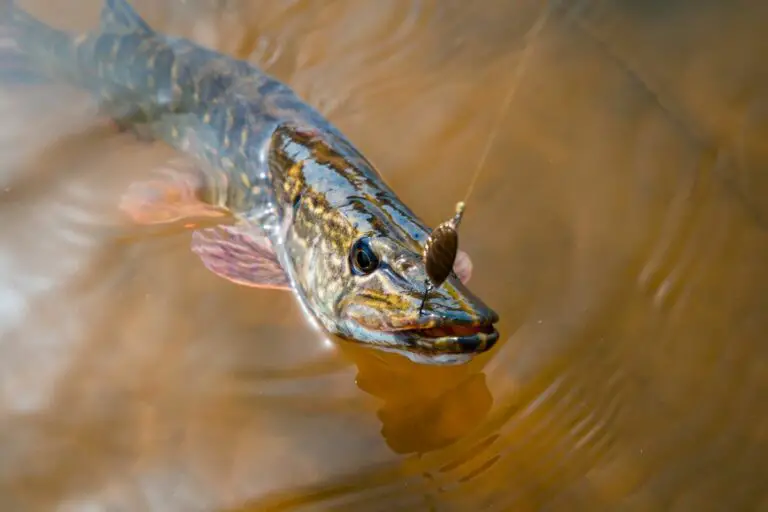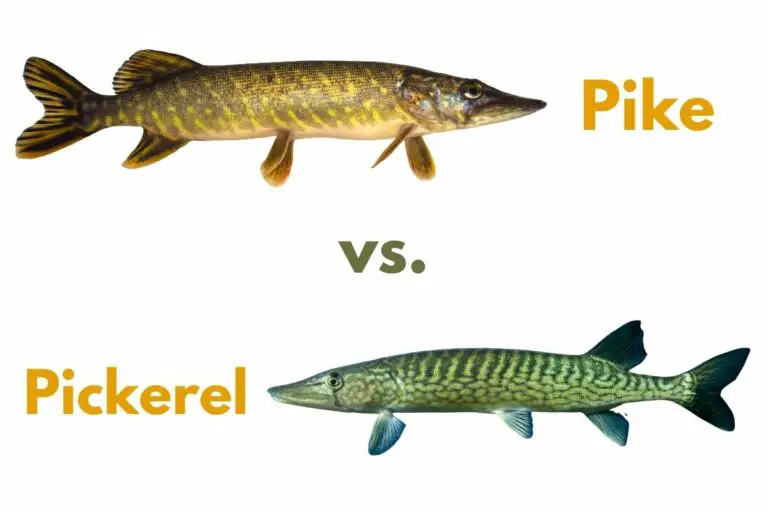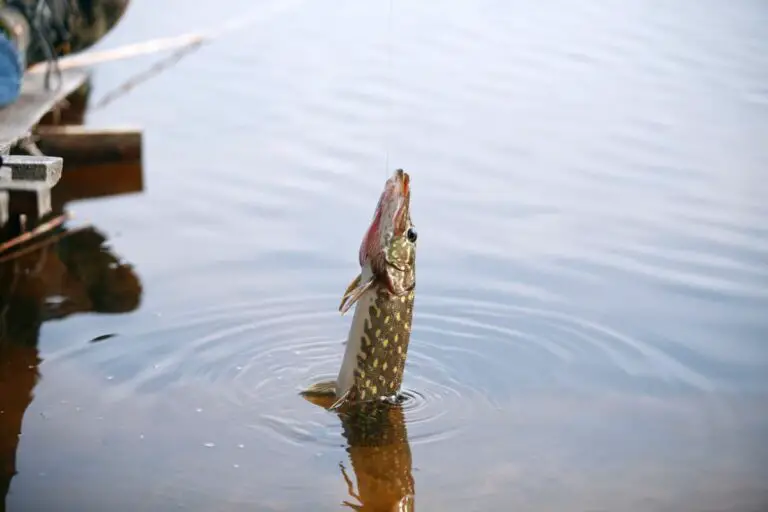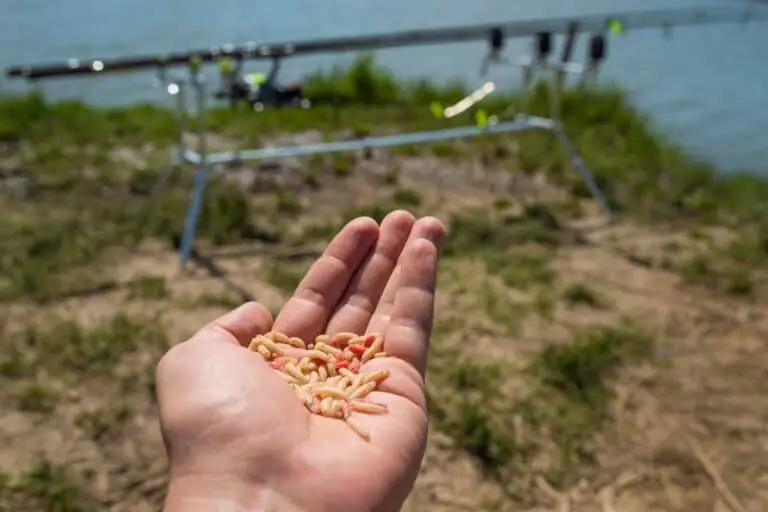Do Northern Pike Eat Bluegill? A Simple Guide [With Video]
Bluegills are a great food source for fish as they’re available in plentiful amounts in freshwater across the United States. They’re very popular as baitfish and they’re used to attract a wide variety of large fish species.
So, do northern pike eat bluegill? Northern Pike do eat bluegill and they actually prefer bluegills over other kinds of prey. That is why bluegills are highly effective as bait when fishing for pike. Bluegills have a great nutritional value and they create a strong action in the water that will effectively grab the pike’s attention and get them to bite.
Keep reading to learn more about the baits that pike like and how to use bluegills for pike fishing.
Table of Contents
What Baits Will Northern Pike Eat?

Pike are known to be opportunistic feeders. They aren’t picky with what they eat, however, some baits are still more effective than others.
They usually prefer smaller baitfish such as bluegill, yellow perch, sunfish, suckers, herring, and shads. They might also eat crustaceans such as crayfish, amphibians such as frogs, and sometimes even birds and mammals.
And yes, they really do eat frogs. I have a post on how to fish with frogs here that is definitely going to be one of the most interesting things you read this week, at least.
How to Obtain Bluegills for Northern Pike Fishing?

You can easily purchase bluegills from most bait shops but some anglers prefer catching them on their own.
Bluegills are very easy to catch if you know where to fish for them and the best time to fish for them.
They are mostly found in freshwater and they gather in specific habitats, depending on the temperature. However, you can still use bluegill as bait for saltwater fish.
During spring and summer, they tend to gather in shallow areas of the water where you can target them along banks or near the edge of lily pads and other aquatic plants.
As the weather gets cooler, they will move into deeper areas of the water making it more difficult to catch them. That’s why the best time to fish for bluegill is during spring or summer as they will be actively feeding in shallow waters.
To increase your chances of success when fishing for bluegill, you need to be prepared with the appropriate gear and baits.
It’s preferred to use lighter gear when targeting bluegill as this will allow you to detect their bite better.
You go for an ultra-lite fishing rod with a small spinning reel, and I have had good success with those ultralight spinning reels in particular. For the fishing line, you can go for a monofilament line with a 2 or 4-pound line test.
For the hook, it’s preferred to use hooks with long shanks because they will be easier to remove from the bluegill’s small mouth without damaging them. You can with smaller hook sizes like 6 or 8.
When it comes to the bait, live baits such as earthworms, grasshoppers, crickets, catalpa worms work best. Just make sure to cut the bait into small pieces before hooking it so it would be easier for the bluegills to bite.
How to Fish for Northern Pike Using Bluegills?
When using bluegills as bait you need to make sure they’re the appropriate size for the fish you’re targeting.
It’s recommended to fish with bluegills that are about 4-7 inches long when targeting pike fishing. Anything over 7 inches will be considered too big for most northern pike to bite on.
You also need to make sure the bluegills are rigged in a way that creates a more natural action in the water to attract the northern pike fish.
When rigging bluegill, you need to avoid hooking its organs as this will kill the fish faster and prevent it from moving naturally in the water.
It’s better to run your hook through its back and dorsal fin as this will keep it secured on the hook and alive longer. You can also run the hook through its nose with the hook point facing upwards. This method will make the bait more aerodynamic and prevent the line from snagging.
Live bluegills are the most effective when targeting northern pike, but if you’re fishing with dead bluegill, it’s best to use the head, back, and tail sections as cut bait.
Here is a very quick video showing you how to do it:
What Kind of Gear Is Best for Pike Fishing Using Bluegills?
When targeting predator species like Northern Pike, you need to choose the right kind of gear that will match their strength.
For the fishing rod, you can go for an 8 or 9 feet rod with medium-heavy power and fast action. This kind of rod will help you cast more accurately and for further distances with much less effort.
When it comes to the reel, you can go for baitcasting reels because they’re lighter in weight and their fixed spools will allow you more control.
For the fishing line, both monofilament and braided lines are effective. However, keep in mind that pike fish have extremely sharp teeth, so it’s important to choose a line that won’t break easily.
That’s why most anglers go with braided lines since they are very stiff and have a high break strain that allows them to withstand the weight of heavier pikes. They’re also much more difficult for Pike to bite through.
If you’re going to use a braided line for pike fishing, it’s recommended to go for a line with a 30-pound line test.
You will also need to use a leader when you’re fishing for pike to reduce the risks of damaging your line and losing your catch. Fluorocarbon lines are good as leaders as they can withstand the pike’s weight and sharp teeth without breaking easily.
You can go for a 15-30-pound test or heavier when using a fluorocarbon line as a leader.
And before you go, don’t forget your fishing license! You can find out where to get your fishing license and how much it costs in every state here.
Related Questions
What other Fish Can You Catch with Bluegill as Bait?
There are many large fish species you can catch with bluegill as bait. These species include bass, pike as well as several catfish species like flathead, bullhead, channel, and blue catfish. That is because bluegills are a natural food source to these species and they provide them with a great nutritional value.
Can You Fish with Bluegills in Saltwater?
You can fish using bluegill in saltwater but it will not be as effective as it is in freshwater. That is because bluegills are mainly freshwater species and they can only survive for a couple of hours in saltwater as it leads to dehydration and slows down their metabolic rate which makes them unattractive as bait.
What Time is Best to Catch Northern Pike?
The best time to catch northern pike is usually at dawn or early in the morning. That is because northern fish tend to be more active and hungry during this period of time. By afternoon, northern pike will become less active and move to deeper areas of the water as the temperature will get too warm for them to feed.
Helpful Resources
Northern Pike – US Fish & Wild Service
Get Started with Pike Fishing
- Learn what are the best pike baits here
- Check out the best braided fishing lines for pike here
- Start getting results with these budget baitcasting reels
- learn how to fish for pike in the winter in my guide to cold weather pike fishing here.
If you like this article, please share it or pin it, you can find the share buttons below. We will really appreciate it ❤️

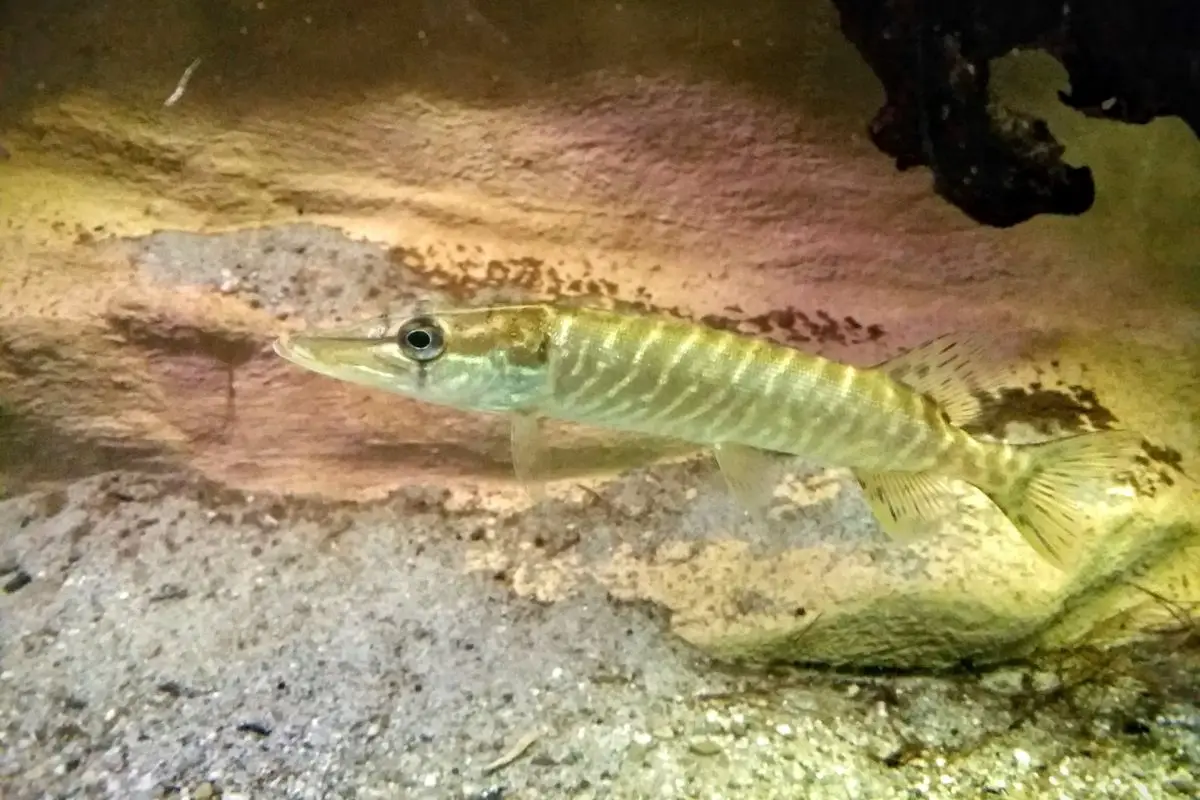
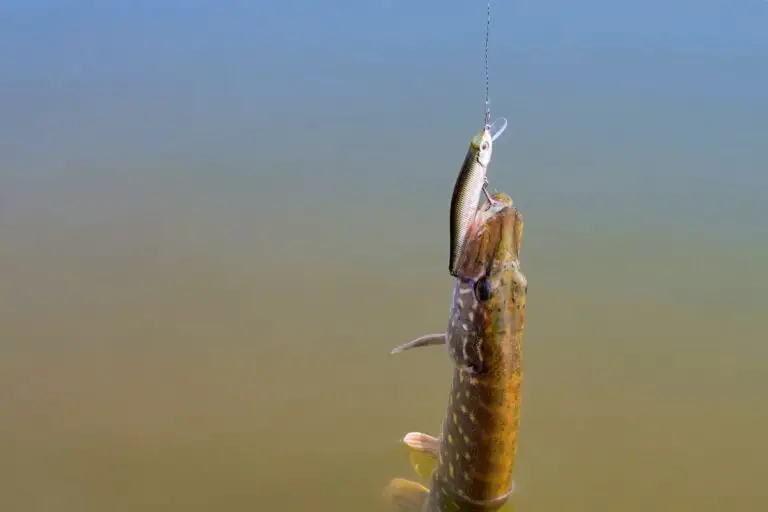
![Do Pike Eat Shrimp? [A Guide to Catching Pike with Shrimp]](https://outdoorskilled.com/wp-content/uploads/2022/04/shrimp-as-bait-on-hook-768x512.jpeg)
